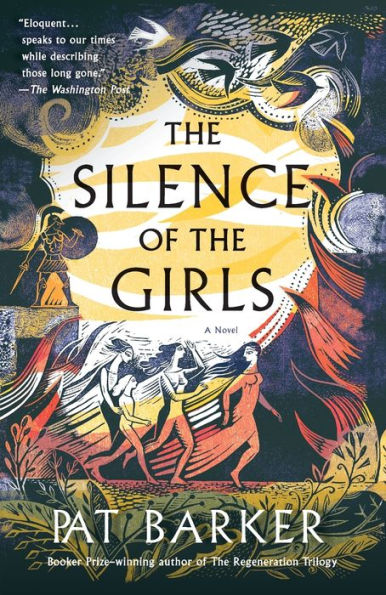It took Pat Barker ten years to find a publisher for her first novel, but when
Union Street was released in 1982, critical reaction was extremely positive. A gritty tale set in the 1970s, the book recounts the interconnected stories of seven women living in an industrial town in northern England. Barker, a former teacher of history and politics, was recognized as a formidable, if late-blooming talent. In its review,
The New York Times mused, "Pat Barker gives the sense of a writer who has enormous power that she has scarcely had to tap to write a first-rate first novel." The literati agreed. The following year, Barker appeared on
Granta magazine's list of the 20 Best Young British Novelists alongside such future luminaries as Martin Amis, Salman Rushdie, and Ian McEwan.
Although Barker received critical praise for her early books, tales that limned the bleak lives of working class Britons, she struck her most resonant chord with the Regeneration Trilogy, a series of novels based on the experiences of shell-shocked WWI soldiers (including poets Siegfried Sassoon and Wilfred Owen) at Craiglockhart War Hospital in Scotland. The first novel in the trilogy, the splendid Regeneration, was named by The New York Times as one of the four best books of 1991; its sequel, The Eye in the Door, won the Guardian Fiction Prize in 1993; and the concluding novel, The Ghost Road, was awarded the 1995 Booker Prize for Fiction.
Certainly, Barker has explored the nuances of contemporary civilian life in subsequent novels; but the specter of war, especially the Great War, seems always to loom over her writing. One explanation is that the grandfather who raised her fought in the trenches in France. Although he seldom spoke about the war, it came to haunt him in his later life. Even unvoiced, his wartime experiences became part of her childhood "stock of memories."


